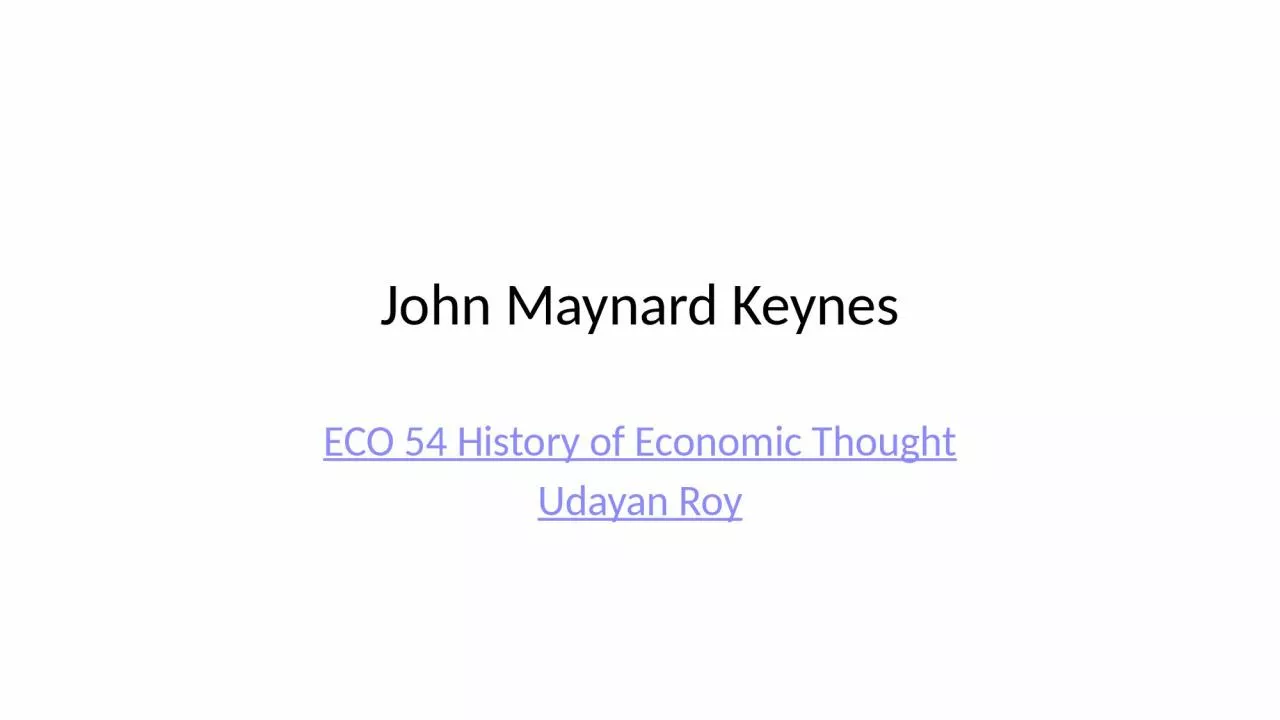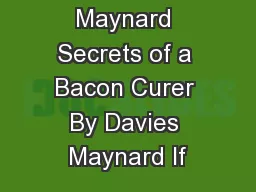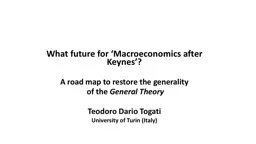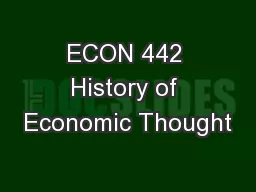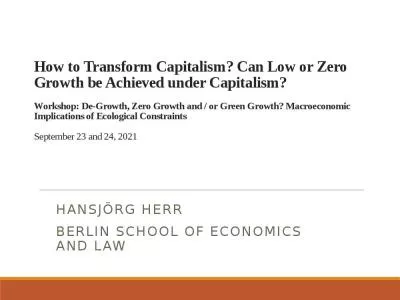PPT-John Maynard Keynes ECO 54 History of Economic Thought
Author : belinda | Published Date : 2023-10-31
Udayan Roy John Maynard Keynes 18831946 The General Theory of Employment Interest and Money 1936 A Treatise on Money 1930 The Great Depression The classical or
Presentation Embed Code
Download Presentation
Download Presentation The PPT/PDF document "John Maynard Keynes ECO 54 History of Ec..." is the property of its rightful owner. Permission is granted to download and print the materials on this website for personal, non-commercial use only, and to display it on your personal computer provided you do not modify the materials and that you retain all copyright notices contained in the materials. By downloading content from our website, you accept the terms of this agreement.
John Maynard Keynes ECO 54 History of Economic Thought: Transcript
Download Rules Of Document
"John Maynard Keynes ECO 54 History of Economic Thought"The content belongs to its owner. You may download and print it for personal use, without modification, and keep all copyright notices. By downloading, you agree to these terms.
Related Documents

